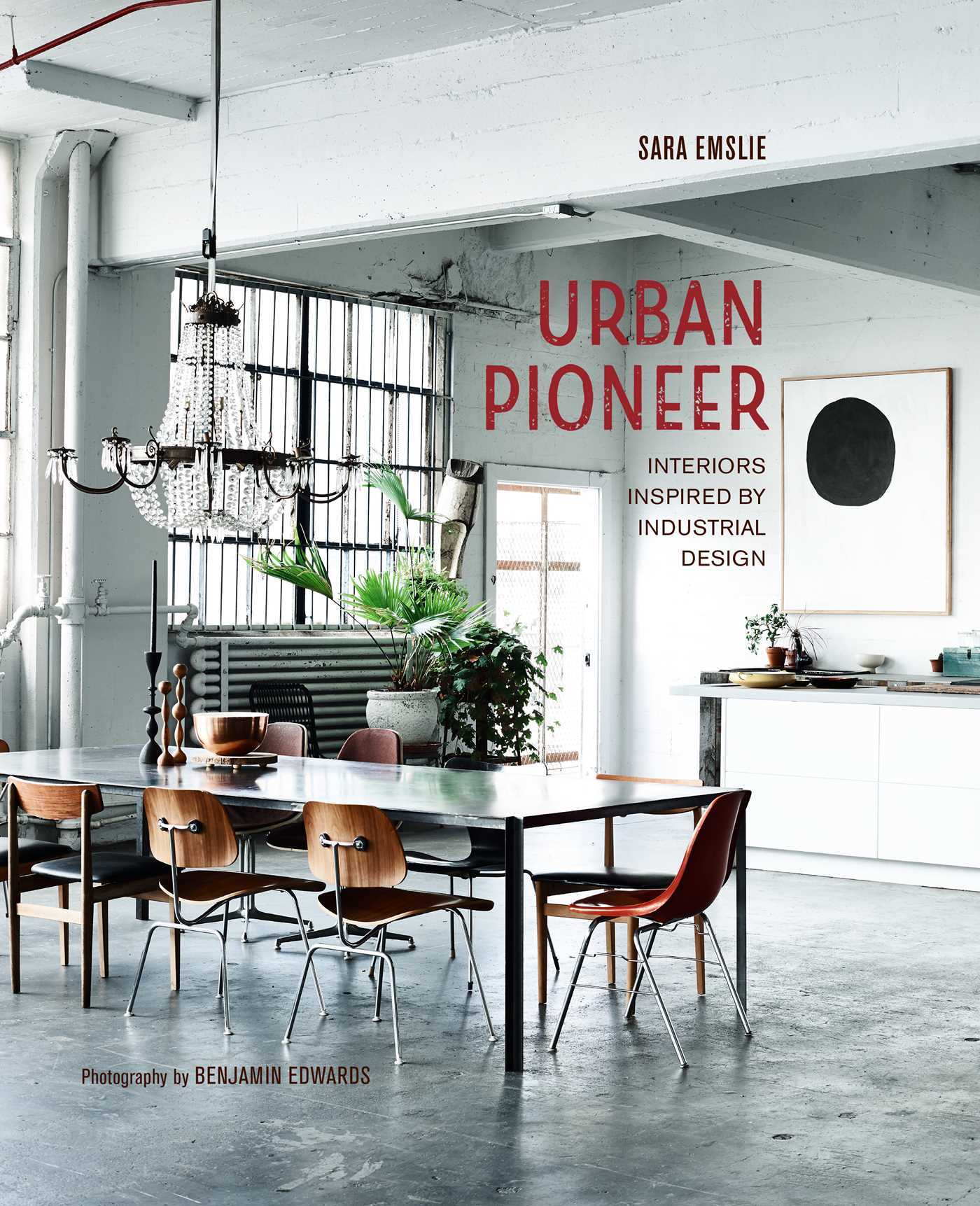.
Urban Pioneer
Urban Pioneer
Couldn't load pickup availability
Urban living is soaring in popularity as we flock to cities to pursue jobs, easy commutes, and other amenities. New pressures on housing mean that pioneering homeowners are converting ex-industrial, non-residential spaces into innovative homes. The conversion of such buildings into residential spaces first emerged in the 1960s and '70s. A decline in manufacturing in city centres meant that many warehouses and factories became vacant, attracting the first wave of urban pioneers--artists and creatives seeking cheap rents and large interiors to use as studio spaces.
Since then, industrial areas in many cities have become sought-after residential districts and urban regeneration has gone from strength to strength. Nowadays the trend shows no sign of waning, with a second generation of urban pioneers cleverly converting former lofts, warehouses, schools, factories, offices, and retail spaces into highly desirable homes full of personality and soul. In Urban Pioneer, Sara Emslie investigates the practice for transforming non-residential spaces into homes, the key elements of the look--from exposed brickwork to copper piping and metal roof trusses--and the related rise in the popularity of industrial design. She then explores 12 inspiring and varied real-life homes that showcase the very best of the Urban Pioneer look.
Sara Emslie is a London-based interiors stylist and writer. With over 15 years of experience, her work has appeared in titles such as World of Interiors, Homes and Gardens, Living Etc, Red magazine, YOU magazine and the Daily Telegraph. Her relaxed and modern style is also in demand by many major commercial clients too. For Ryland Peters & Small, Sara is the author of the bestselling Beautifully Small. She currently lives in Richmond, London.
Share


Subscribe to our emails
Subscribe to our mailing list for insider news, product launches, and more.

